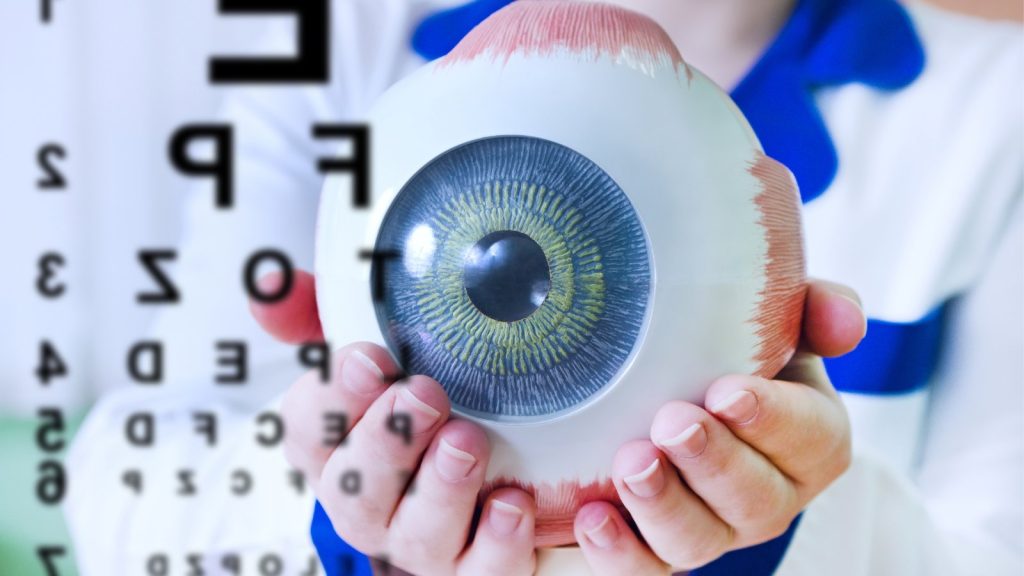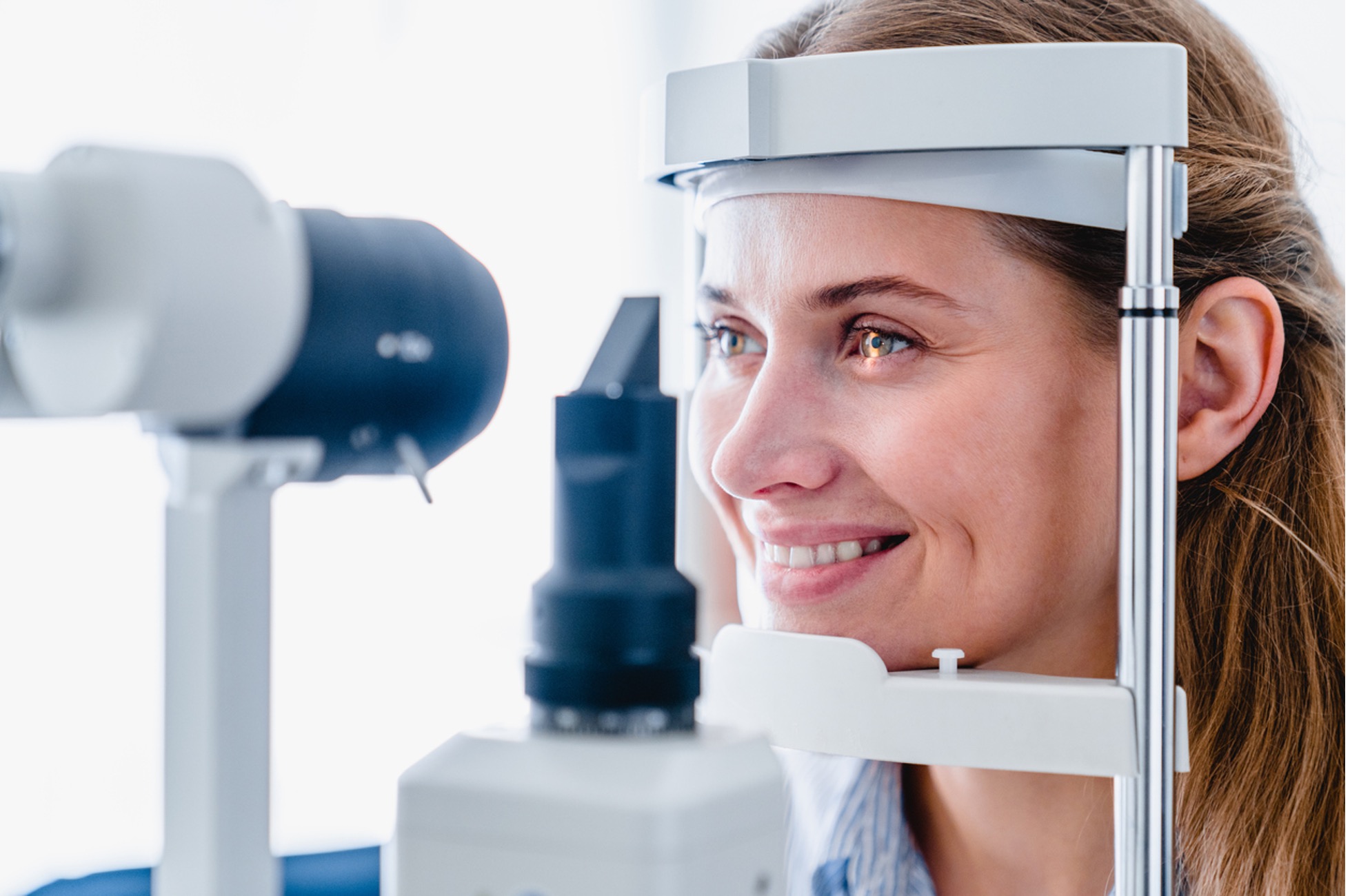The Function of Advanced Diagnostic Devices in Identifying Eye Disorders
In the world of ophthalmology, the utilization of advanced analysis tools has reinvented the very early identification and monitoring of different eye conditions. From finding refined adjustments in the optic nerve to monitoring the progression of retinal diseases, these modern technologies play a critical function in improving the precision and efficiency of identifying eye problems. As the need for exact and prompt medical diagnoses proceeds to grow, the integration of advanced tools like optical comprehensibility tomography and aesthetic area screening has become vital in the realm of eye treatment. The intricate interplay in between modern technology and ophthalmic practices not only clarifies elaborate pathologies yet additionally opens up doors to tailored therapy methods.
Significance of Very Early Diagnosis
Very early diagnosis plays a critical role in the reliable administration and treatment of eye disorders. By spotting eye disorders at an early phase, medical care service providers can provide proper therapy plans tailored to the specific condition, eventually leading to far better outcomes for individuals.

Innovation for Detecting Glaucoma
Cutting-edge analysis innovations play an important duty in the very early discovery and tracking of glaucoma, a leading reason of permanent loss of sight worldwide. An additional sophisticated tool is aesthetic area testing, which maps the level of sensitivity of an individual's visual field, aiding to identify any type of locations of vision loss quality of glaucoma. These advanced diagnostic devices allow ophthalmologists to identify glaucoma in its early stages, enabling for timely treatment and much better monitoring of the disease to avoid vision loss.
Function of Optical Comprehensibility Tomography

OCT's capacity to evaluate retinal nerve fiber layer density allows for exact and unbiased measurements, aiding in the early discovery of glaucoma also prior to visual field problems become noticeable. Overall, OCT plays a vital duty in boosting the analysis accuracy and management of glaucoma, inevitably adding to far best site better outcomes for people at threat of vision loss.
Enhancing Medical Diagnosis With Visual Field Testing
A necessary component in detailed ocular assessments, aesthetic area testing plays a crucial duty in enhancing the diagnostic process for various eye conditions. By examining the full degree of a person's aesthetic field, this test provides essential information regarding go to my site the functional stability of the entire aesthetic path, from the retina to the aesthetic cortex.
Aesthetic area testing is especially beneficial in the medical diagnosis and management of problems such as glaucoma, optic nerve disorders, and various neurological illness that can affect vision. With measurable measurements of outer and central vision, clinicians can find refined adjustments that may indicate the existence or development of these problems, even before visible signs and symptoms occur.
Additionally, aesthetic area testing permits the surveillance of treatment efficiency, helping ophthalmologists customize restorative treatments to individual patients. eyecare near me. By tracking modifications in aesthetic field performance over time, doctor can make enlightened decisions regarding changing medicines, recommending medical treatments, or applying various other suitable measures to maintain or improve a client's aesthetic feature
Taking Care Of Macular Deterioration
Verdict
In verdict, progressed diagnostic tools play a vital function in recognizing eye problems at an early stage. Technologies such as Optical Coherence Tomography and visual area screening have actually significantly boosted the accuracy and performance of diagnosing problems like glaucoma and macular degeneration. Early detection permits prompt treatment and administration of these disorders, ultimately causing better end results for clients. It is imperative for healthcare specialists to remain updated on these improvements to give the very best feasible look after their clients. eyecare near me.